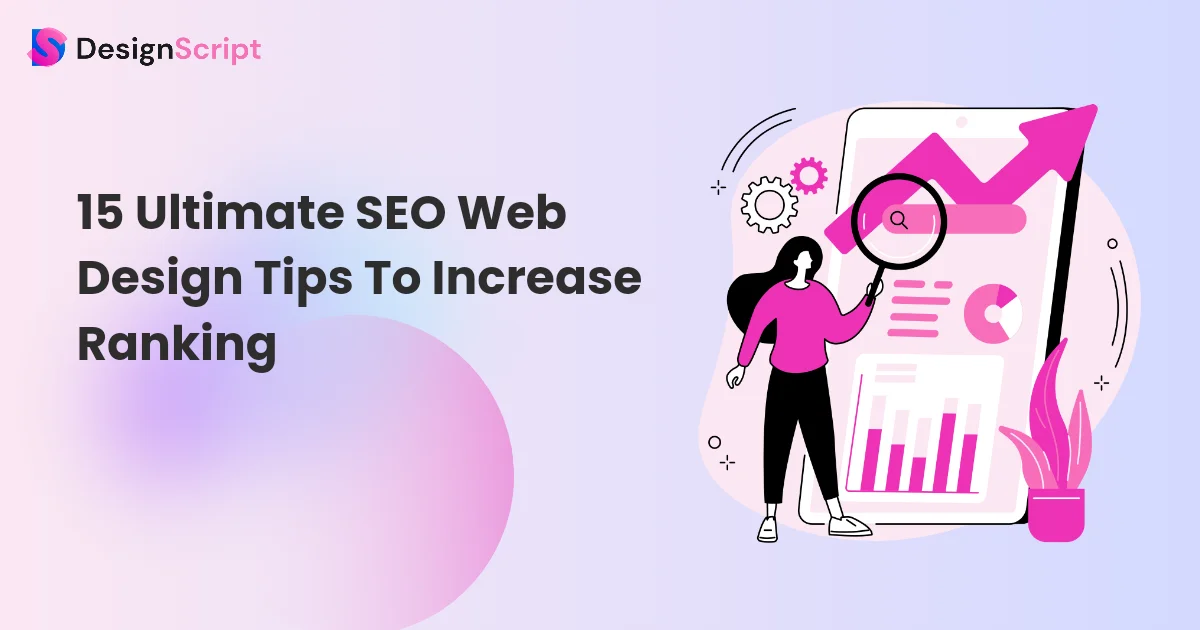15 Ultimate SEO Web Design Tips To Increase Ranking
Search engine optimization is the first step in 68% of searches. If you find standing out in the crowded digital space with your website difficult, it is essential to understand how site design and SEO interact.
A website’s visual attractiveness alone is no longer sufficient. Websites that use good SEO and web design gain more exposure on search engines. This exposure exceeds that of their competitors.
This blog explains the complex connection between SEO and site design. Learn about proven methods to improve your website’s appearance with our SEO web design tips. Also, discover how to boost its visibility and rankings. Get ready to find efficient web presence optimization strategies.
Take advantage of the chance to turn your website into a robust online asset!
Table of Contents
What Is SEO Web Design?
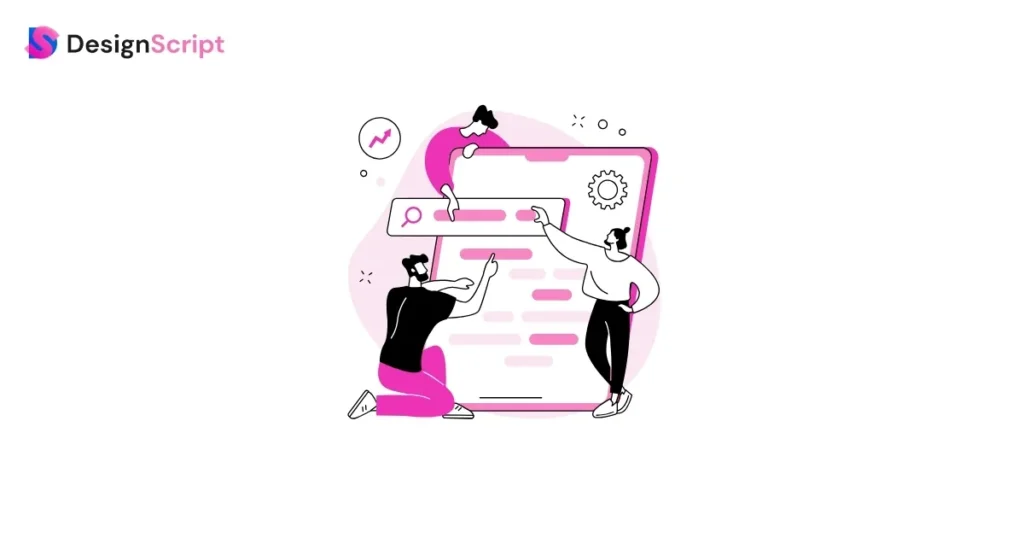
SEO site design shows the careful balance between design and technical search engine optimization.
Creating a website that captures users’ attention requires a thorough understanding of design principles. Pleasing search engines requires attention to SEO details. It’s essential to construct a digital environment that search engines enjoy rather than just designing visually appealing layouts.
Every component is significant in this complicated process. Every part of the website, including the navigation and structure have to be optimized.
Content is more than words. It contains carefully chosen keywords and phrases. These appeal to consumers and search engines. Images are more than simply pictures. They are also labeled and optimized to improve user experience. This also aids in search engine results.
SEO web design ensures your website isn’t just a pretty face in the digital crowd. It makes your website a magnet for search engine crawlers.
When search engines easily interpret your site’s content and structure, your pages rank higher in search engine results pages (SERPs).
This increased visibility is not just about ranking higher. It’s also about delivering a seamless user experience. It’s about building trust and driving organic traffic.
In the competitive internet world, mastering SEO web design is your ticket to making your online presence felt.
Why Is It Essential To Design A Website With SEO?
In today’s digital world, SEO web design is essential to improve user experience. It draws in search engines and guarantees online success. Learn how it opens the door to long-term success. This happens by transforming your website’s visibility, engagement, and credibility.
1. Enhance Customer Experience

User experience dominates in the competitive internet world. SEO web design prioritizes users. It ensures that websites are aesthetically pleasing and user-friendly.
A flawlessly designed website has simple navigation. It has engaging content, producing an enjoyable online experience.
Visitors quickly find what they’re looking for. This encourages them to explore your website more and improves their experience.
2. Get The Attention Of Search Spiders

A well-designed site is key to catching the attention of search engine algorithms. SEO site design is the key. This happens behind the scenes.
Search engine spiders can quickly access and comprehend websites optimized for search engines.
This accessibility dramatically increases the likelihood of good indexing. It ensures that the information on your website is correctly interpreted and classified.
Proper indexing is essential for your website to rank high on search results. It helps you get more naturally occurring visitors.
3. Increase Engagement

Users are more likely to spend more time exploring different pages and products on your website. They can quickly discover the information they need.
Decreased bounce rates and higher engagement metrics show an excellent user experience.
Visitors who are actively engaged are more inclined to take part, subscribe, or make purchases. This converts casual browsers into customers.
4. Rank Higher
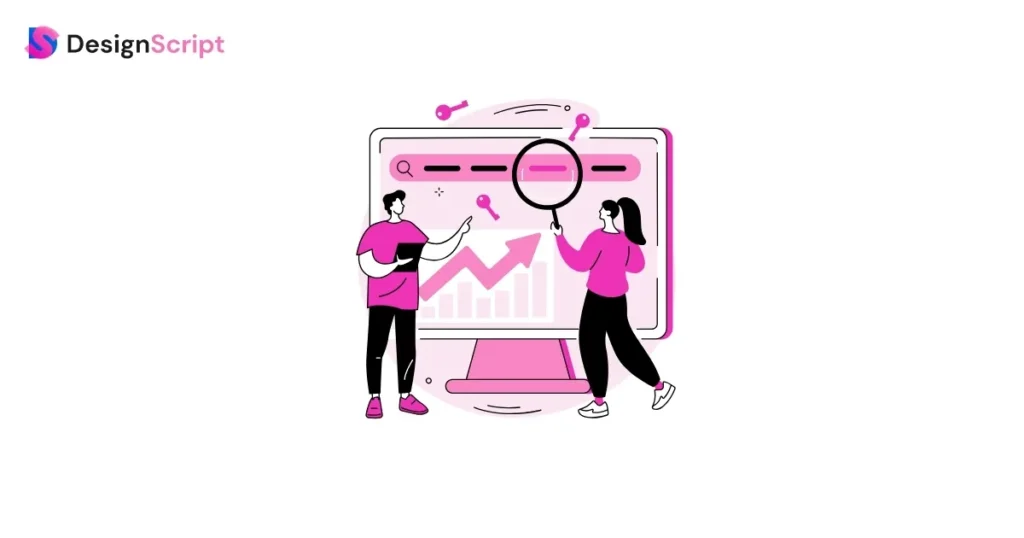
SEO web design is a robust method for moving up the search engine results pages.
Ensure your website meets search engine requirements. This significantly increases the likelihood of it appearing higher in search results.
This increased visibility brings in more organic visitors, enabling your website to compete in the online market.
The more consumers find your website as reputable and trustworthy, the more appealing it becomes.
5. Deliver The Best ROI

Investing in SEO-friendly web design is like planting the seeds of future success. Your website becomes a hotspot for potential clients by drawing targeted traffic.
These site visitors are more likely to become paying customers. This increases revenue and improves brand loyalty.
How Can SEO Improve The Way Your Website Looks – SEO Web Design Tips
Discover the essential steps to maximizing the SEO potential of your website design.
1. Choose an SEO-friendly domain
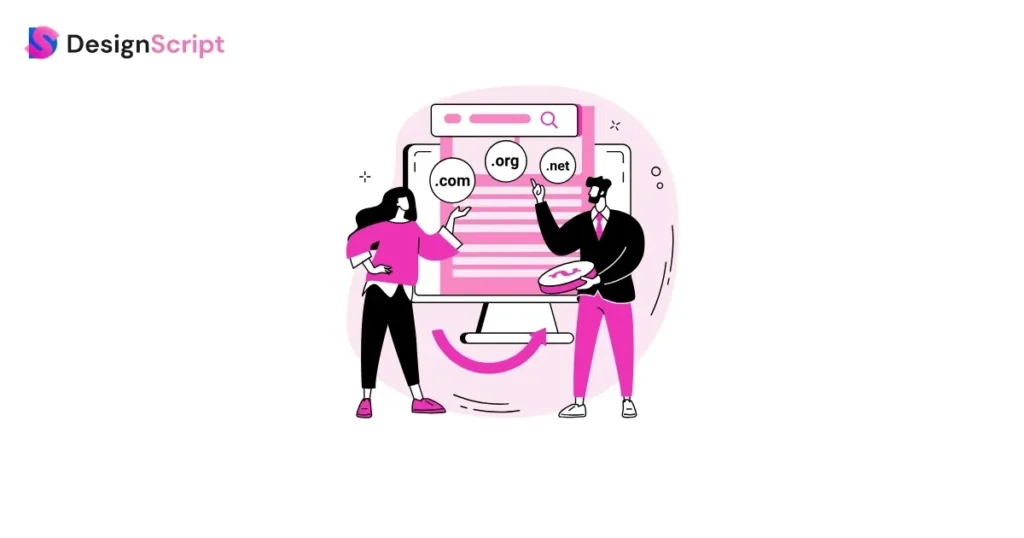
A crucial base for online success is picking a search engine-friendly domain. It serves as your online storefront, establishing your brand’s first impression.
A domain that captures the spirit of your brand is easy to remember and essential for direct traffic and brand recognition. It’s free of hyphens or numerals.
Memorable parts enable word-of-mouth recommendations and improve internet exposure. They become a crucial marketing component and they improve user experience. They assist with search engine indexing and increase your website’s search result ranking.
The simplicity and relevancy of your domain help to build a strong online identity. This opens the door to more visitors, consumer trust, and interaction.
2. Create Quality User Content
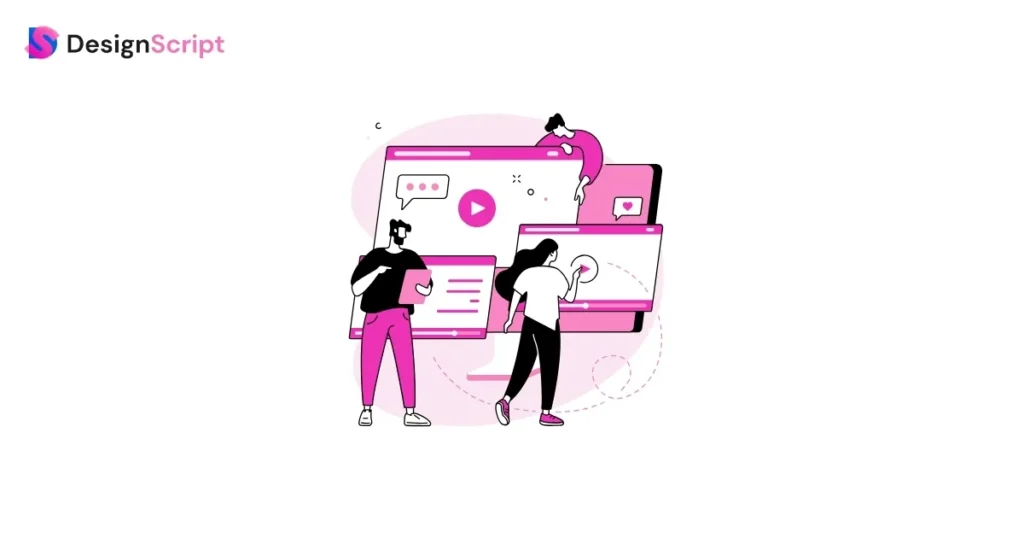
The foundation of user engagement and successful SEO techniques is high-quality content. Creating educational, engaging, and frequently updated material draws in readers. It makes a lasting impression on search engine algorithms.
Regular updates not only encourage repeat visits but also build reputation and reliability.
In the digital world, search engines prefer websites that offer fresh, worthwhile information. Producing high-quality content is crucial for succeeding in SEO. It also encourages meaningful user interactions.
3. Add Social Proof

Social proof strengthens your online credibility and trustworthiness. This makes it a powerful recommendation.
Your website earns credibility by smoothly integrating user reviews. It also integrates testimonials and social media feeds. Positive social signals encourage user participation and trust.
This affirmation strengthens your company’s reputation and develops a base of devoted customers.
Users’ confidence in your products or services increases when they see favorable reviews. Users also gain confidence when they see others’ positive experiences. This results in increased conversion rates.
Social proof is crucial for successful SEO and a better user experience. Search engines prioritize and recognize websites with solid user trust signals.
4. Make Sure Your Website’s Text Is Readable
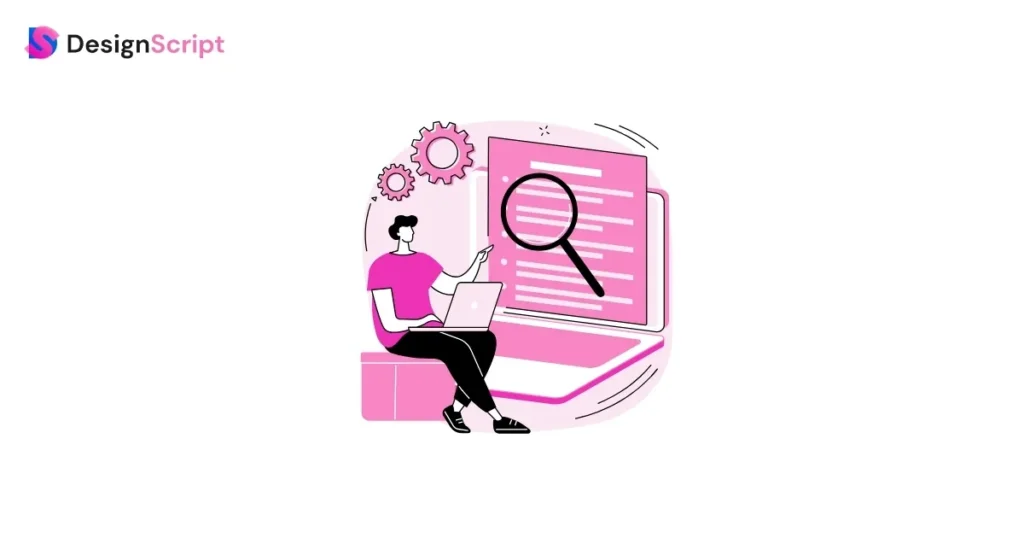
Readability forms the foundation of a pleasant user experience. All visitors can access the content better if the fonts are clear and readable. The appropriate sizes and color palettes are well-considered.
Digestible paragraphs, bullet points, and subheadings in the right places increase the content’s scannability. This enables readers to understand the essential information swiftly.
Visitors are more likely to stay on a page when the content is easy to read. This lowers bounce rates and improves important SEO indicators.
Clear content motivates visitors to explore your website. This increases page views and dwells durations. Additionally, it is easily understood.
The readable text helps search engine crawlers better understand information. This leads to better search ranks and online visibility.
5. Caption Images And Videos

Descriptive captions are essential. They improve the connection between search engines and visual content.
These subtitles don’t just help people with disabilities. They also provide crucial context for search engine algorithms. They increase the relevance of images and movies by providing a brief description. This results in greater user understanding.
Visuals with clear captions improve user experience overall by attracting and retaining visitors. These captions are invaluable in terms of SEO. They offer crucial context. It helps search engines understand the content’s meaning, improving visibility in search results.
This increased relevance elevates your content’s position. It increases the likelihood that it will draw natural traffic. This will also strengthen your website’s online presence.
6. Use Headers To Create A Hierarchy Within The Content

The foundation of well-organized material is its header tags. Header tags define the order for users and search engines. Information is divided into manageable chunks. It’s given clear and distinct titles, making it simple for visitors to navigate.
The improved user experience ensures visitors stay engaged by directly lowering bounce rates. These headers significantly affect how search engines evaluate the content’s relevance and value. They directly impact search rankings.
When headings are used correctly, your website has a logical flow. It leads viewers through the information in a planned way.
This improves customer satisfaction while dramatically boosting SEO efforts. It also improves the readability and accessibility of your content. It helps both human readers and search bots.
7. Fill Out Your Website’s Metadata

Its optimized meta titles and descriptions determine the order of your website in search results.
Create exciting metadata with appropriate search terms. This may persuade users to click. Well-written snippets provide concise information, thereby increasing user engagement. Meta tags are crucial for SEO since they affect search rankings.
Increased click-through rates due to relevant metadata help generate organic traffic.
A compelling description encourages visitors to look around your website more. This enhances user experience and search engine exposure.
8. Practice Internal Linking

Internal links enable visitors to navigate your website by connecting relevant pages. Purposeful and appropriate internal links distribute page authority. This improves both user experience and SEO.
Internal links that direct viewers to explore more useful content decrease bounce rates.
Effective internal linking creates a hierarchy of material. This helps search engines understand your website’s layout. Strategically placed internal links encourage user interaction. They also enable users to explore more of your website.
Well-linked content boosts SEO efforts and increases conversion chances while improving customer satisfaction.
9. Make Navigation Easy

The clear, ordered framework header tags are crucial for users and search engines. These tags simplify complex material into digestible chunks. They improve the readability and scannability of the content.
This well-organized structure makes navigating simple for users. It delivers a smooth surfing experience and lowers bounce rates. Headers directly impact search engine rankings. They help search engines grasp the context and importance of each part.
When used correctly, these tags establish a logical flow. They lead viewers through the text. They also tell search algorithms the importance of certain parts.
This successful balancing act between SEO optimization and user experience highlights the critical function of header tags. They increase online exposure and user pleasure.
10. Layout A Seamless Information Architecture

Logical content structure is the foundation of a seamless user experience. It is also crucial for successful search engine optimization.
A well-structured information architecture enables easy navigation for search engines. It reduces confusion and increases clarity.
Relying on intuitive site architecture helps search engines accurately understand organized material. This increases a website’s exposure in search results.
The clear categories and options simplify finding the information users need. This encourages them to browse several pages.
This user-friendly design encourages more user involvement while facilitating user journeys.
In short, a well-organized website guarantees a great user experience for visitors. It supports SEO efforts by making your information accessible and appealing to users and search algorithms.
11. Keep Typography Consistent

A consistent visual identity depends on maintaining uniformity in the website’s fonts, sizes, and styles.
An aesthetic and readability-enhancing typographic strategy contributes to a seamless user experience. It also enhances readability. It does this by improving readability and aesthetic appeal.
Consistent text design creates brand uniformity. It also projects a polished picture that encourages user engagement and trust.
Reduced user effort from a constant typographic display improves user pleasure and comprehension.
This consistency strengthens brand identification. It also dramatically aids SEO efforts.
Uniform typography leads to better search engine results. It guarantees seamless user interaction and content consumption. This makes it a crucial component for increased online exposure and user experience.
12. Make Sure Your Site’s Pages Are Indexed

Search engines can find your website if you have indexable pages.
Verify your website’s robots.txt file and meta robots tags. Ensure search engines can effectively scan and index your website’s pages.
Proper indexing helps your content be more effectively categorized. It increases its visibility in search results and attracts natural traffic.
Index pages significantly improve the likelihood that potential buyers will locate your website. They form the foundation of successful SEO strategies.
Search engines can only view your content if they accurately index it. Accurate indexing is essential to optimizing your online presence. It ensures that the correct people see your helpful content.
13. Ensure Your Site Is Mobile-Friendly
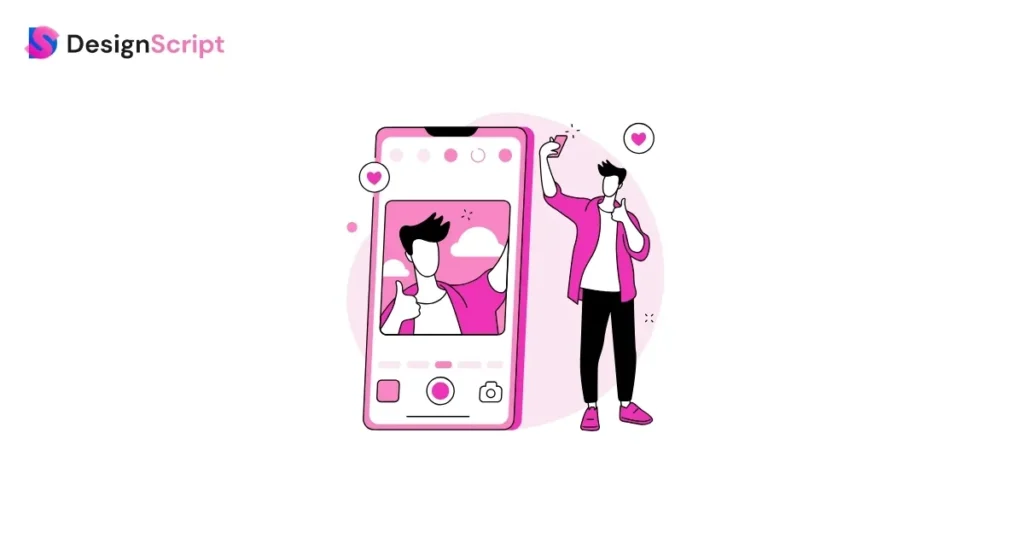
Mobile optimization is necessary for today’s smartphone and tablet-dominated digital environment.
Responsive design forms the basis of this strategy. Responsive design ensures that your website easily adapts to various devices and screen sizes. A mobile-friendly website offers consumers a dependable, straightforward experience, increasing user happiness.
Additionally, to improve user experience, mobile optimization is crucial for SEO. Responsive design is essential for online visibility and search engine performance. Search engines prefer mobile-friendly websites in their rankings.
A well-optimized website not only lowers bounce rates but also raises engagement rates. This creates a positive feedback loop. Happy customers grow user experience and search engine rankings, enhancing your online presence.
14. Optimize Your Website For Performance

Performance optimization is the foundation of a seamless online experience. It directly impacts customer happiness and search engine rankings.
You can speed up your website’s loading by using techniques. For example, browser caching, script reduction, and picture optimization. This may make consumers feel more engaged than irritated.
Sites that load quickly keep visitors longer. This lowers bounce rates and increases essential engagement metrics. Importantly, search engines prioritize such websites, which favors them in search results.
This choice shows how important performance optimization is. It improves user experience and online visibility. A quick, responsive website is essential for user pleasure and SEO success. It promotes fruitful interactions and significantly raises the possibility of conversions.
15. Follow Web Accessibility Guidelines
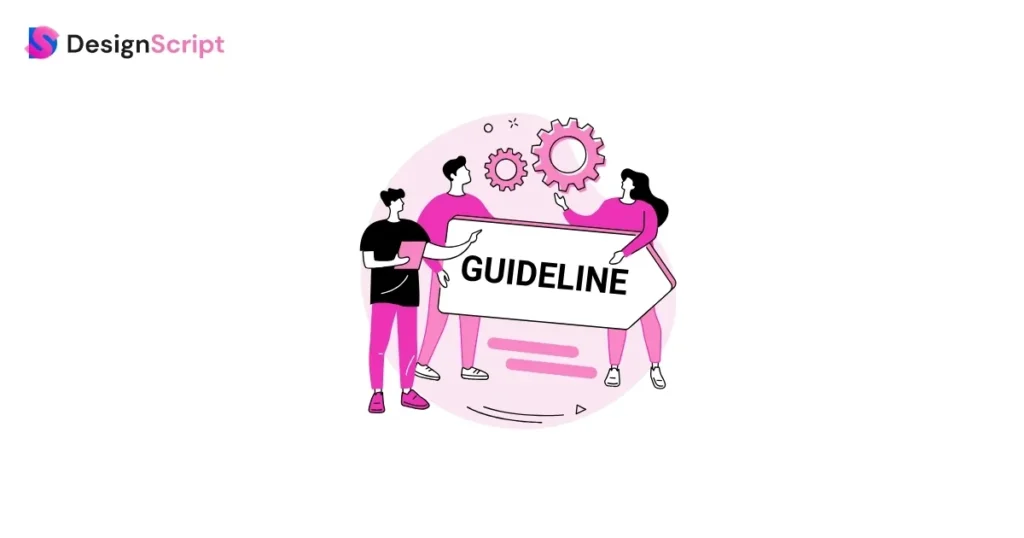
Accessible websites guarantee everyone, including those with impairments, has equal access to information. This promotes a varied and active user base. These websites are not only moral, but search engines also give them a lot of priority.
They increase their impact by improving visibility in search results. Guidelines for web accessibility are essential to enhance user experience for all visitors. They raise satisfaction and engagement.
Common Web Design Mistakes
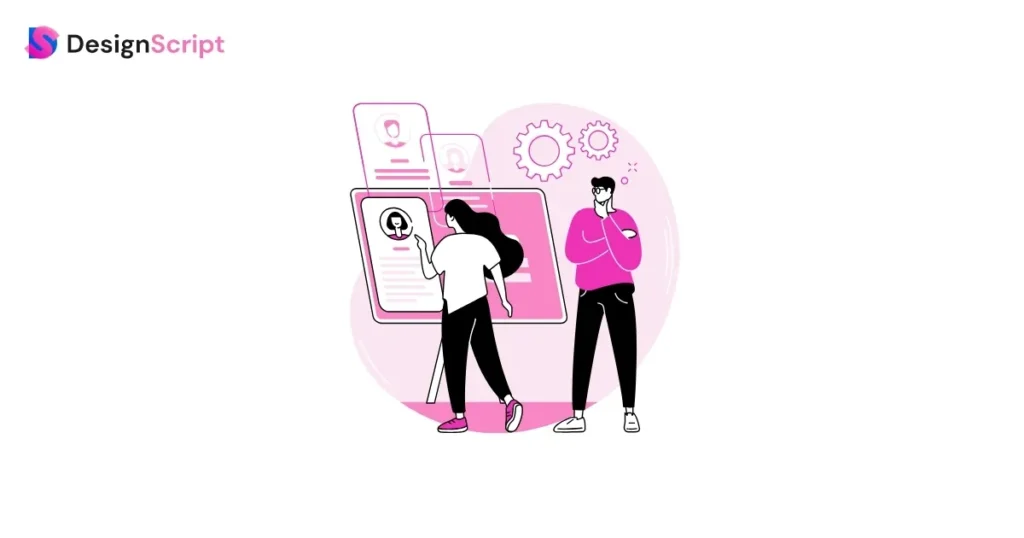
Discover the specifics of the relationship between SEO and web design and strategies to use and avoid.
1. Wrong Implementation of Header Tags
One common web design mistake is the incorrect usage of header tags.
When headers are not properly formatted, it affects the website’s hierarchy and confuses search engines. Headings used correctly create a clear content structure that benefits both user experience and SEO.
Improper use of headers confuses the user and increases bounce rates.
Understanding the hierarchy is essential. It will help you create a logical flow that improves readability and search engine interpretation. Use H1 for significant titles and subsequent tags for subheadings.
2. Non-Responsive Design
Users on mobile devices become alienated by non-responsive design that does not adjust to different screen sizes.
An adaptable design is essential because many internet consumers use smartphones and tablets.
You have seen that mobile-friendly design makes browsing easy. It lowers bounce rates and increases user engagement.
Google emphasizes responsive sites in search results because it values mobile friendliness. Responsive sites are crucial for user experience and SEO success.
3. Heavy Media Files
Large media items like photographs and videos considerably slow down the loading time of a website.
Users get frustrated with slow-loading websites, which increases bounce rates. Image and video optimization without sacrificing quality is essential for preventing this.
Compression techniques guarantee fast loading times. They preserve visual appeal and reduce file sizes. Site speed is a significant ranking component.
Therefore, this optimization improves user experience and pleases search engines.
4. Images with Text
It is a significant error to present crucial textual information within visuals. Images are inaccessible to search engines due to their inability to understand them.
Incorporating text directly into HTML ensures search engines understand the content. This improves search ranks. This technique also supports screen reader-dependent people with disabilities, promoting inclusivity.
For important messages, use actual text, CSS, or web fonts to ensure both accessibility and search engine exposure.
5. Too much Scrolling
Scrolling too much wears out users. Visitors want a balanced layout. They want the most essential information available without having to scroll continuously.
Long pages frustrate users and increase bounce rates, making it more difficult to find what they need. Designers should aim to create straightforward, organized content. It should fit the user’s natural scrolling habits.
To improve user experience, lower bounce rates, and provide straightforward navigation and interactive aspects, one may divide content well.
Elevating Your Digital Presence with SEO Web Design
In the current competitive online environment, web design and SEO work best when they complement one another. Skillfully fusing technical aspects and visual appeal in SEO web design results in a website that is visually attractive and search-engine-optimized.
Every step is crucial. Select an SEO-friendly name. Apply responsive design. Optimize metadata. Enhancing diversity and trust includes quality material. It also involves social proof and compliance with web accessibility requirements.
Understanding and incorporating these elements makes your website a trustworthy online resource. This strategy builds trust, which attracts organic traffic. It also turns site visitors into paying customers. This increases user engagement and site visibility.
Embrace SEO web design to ensure long-term growth. Successfully negotiate digital marketing challenges.
FAQs
A1. SEO and web design are closely related. User experience is impacted by design, while SEO guarantees search engine presence. Integration done right improves organic traffic usability and ranks.
A2. Though mutually beneficial, both are essential. While SEO generates traffic, design engages users. A well-balanced combination maximizes visibility and user experience, guaranteeing a good online presence.
A3. Optimize headers, embrace responsiveness, use text over graphics, compress media, arrange material logically, follow accessibility requirements to practice SEO web design.

